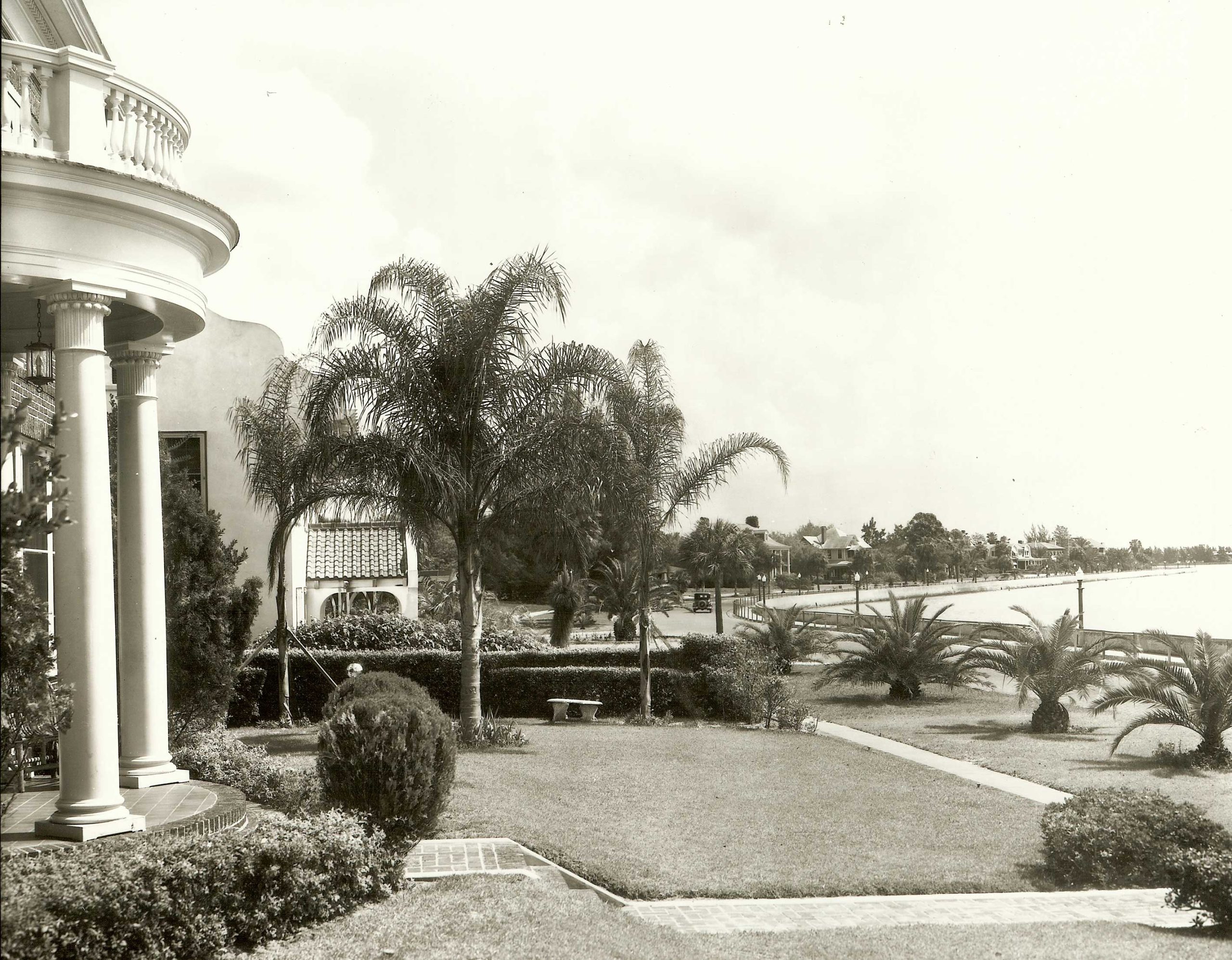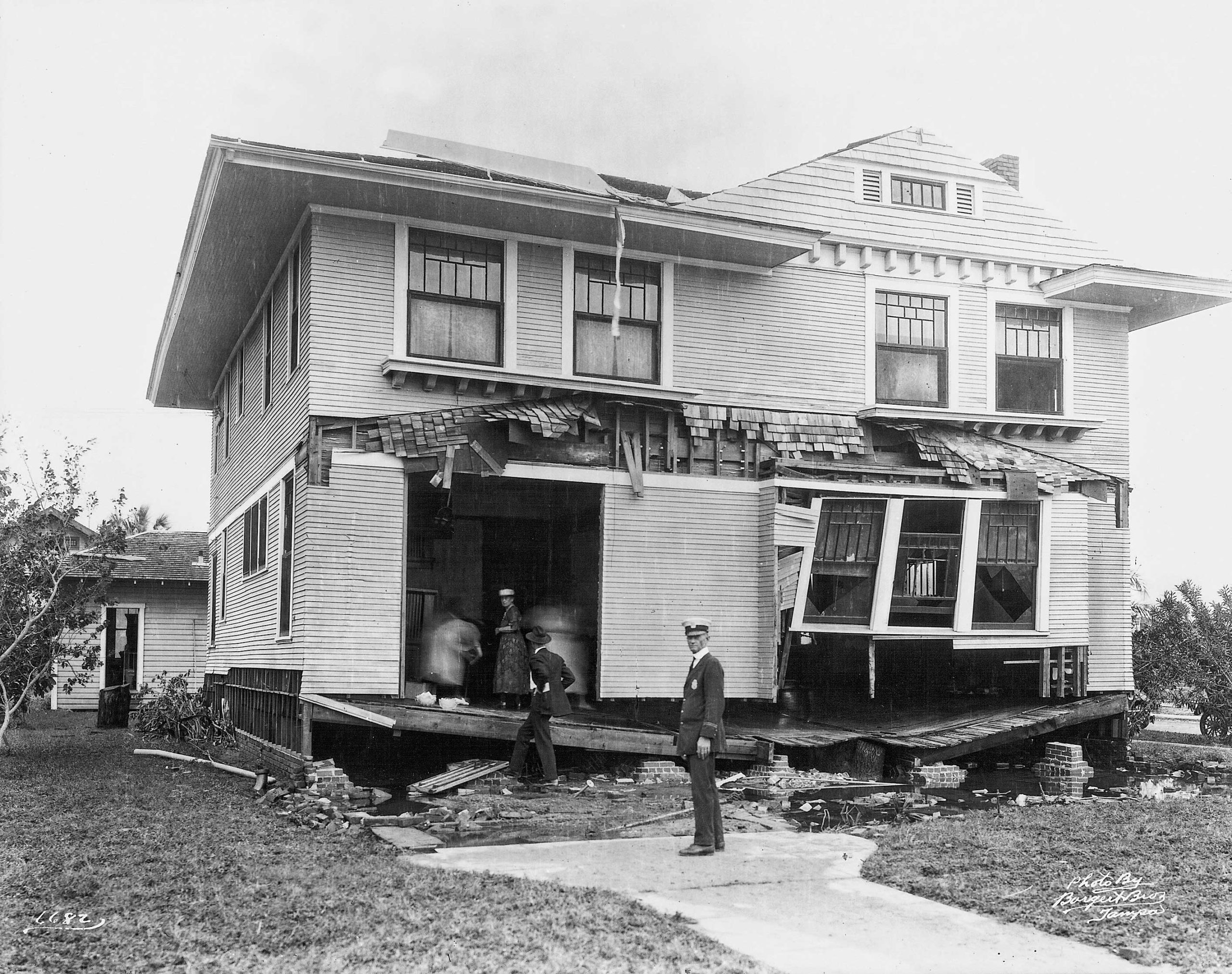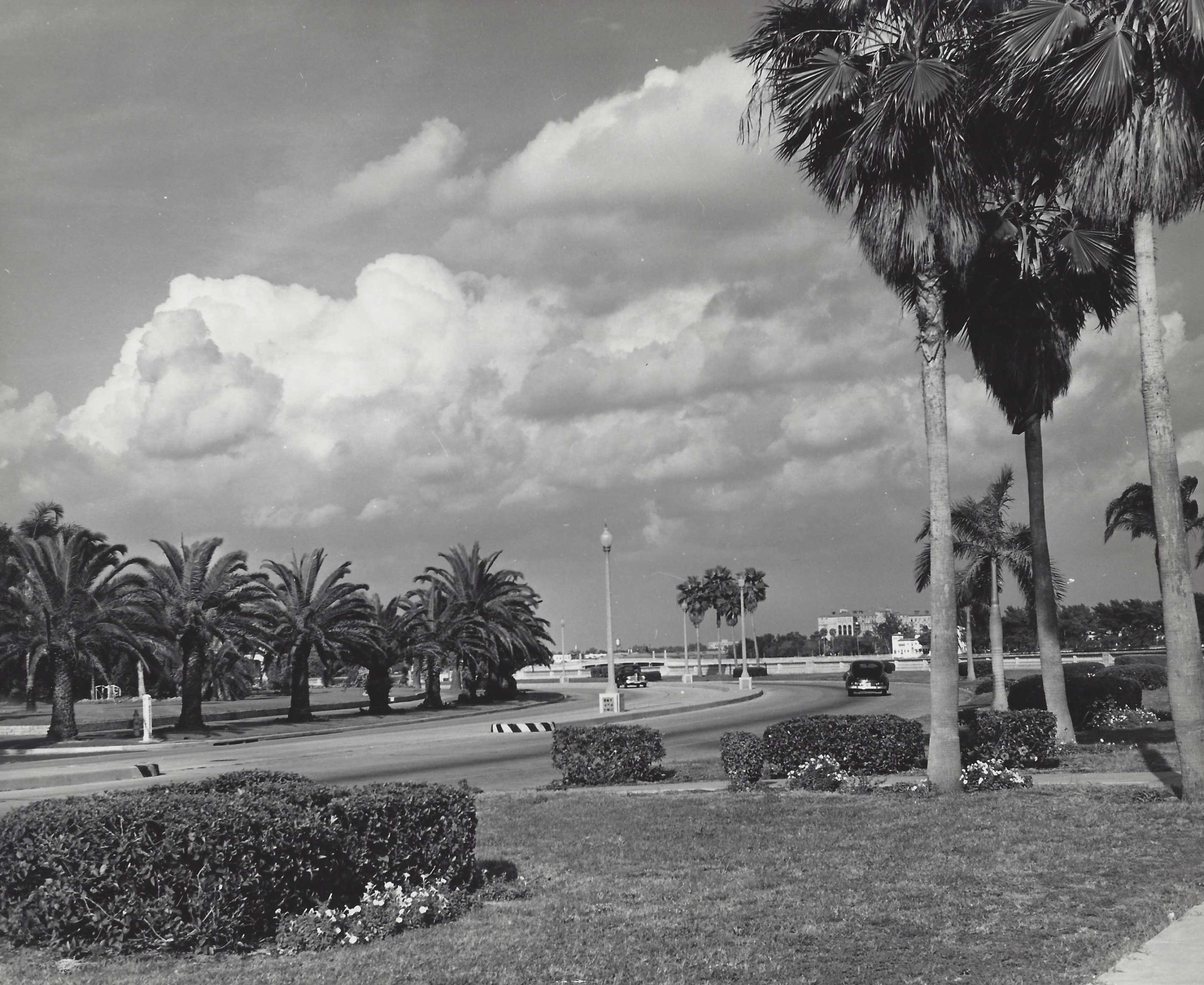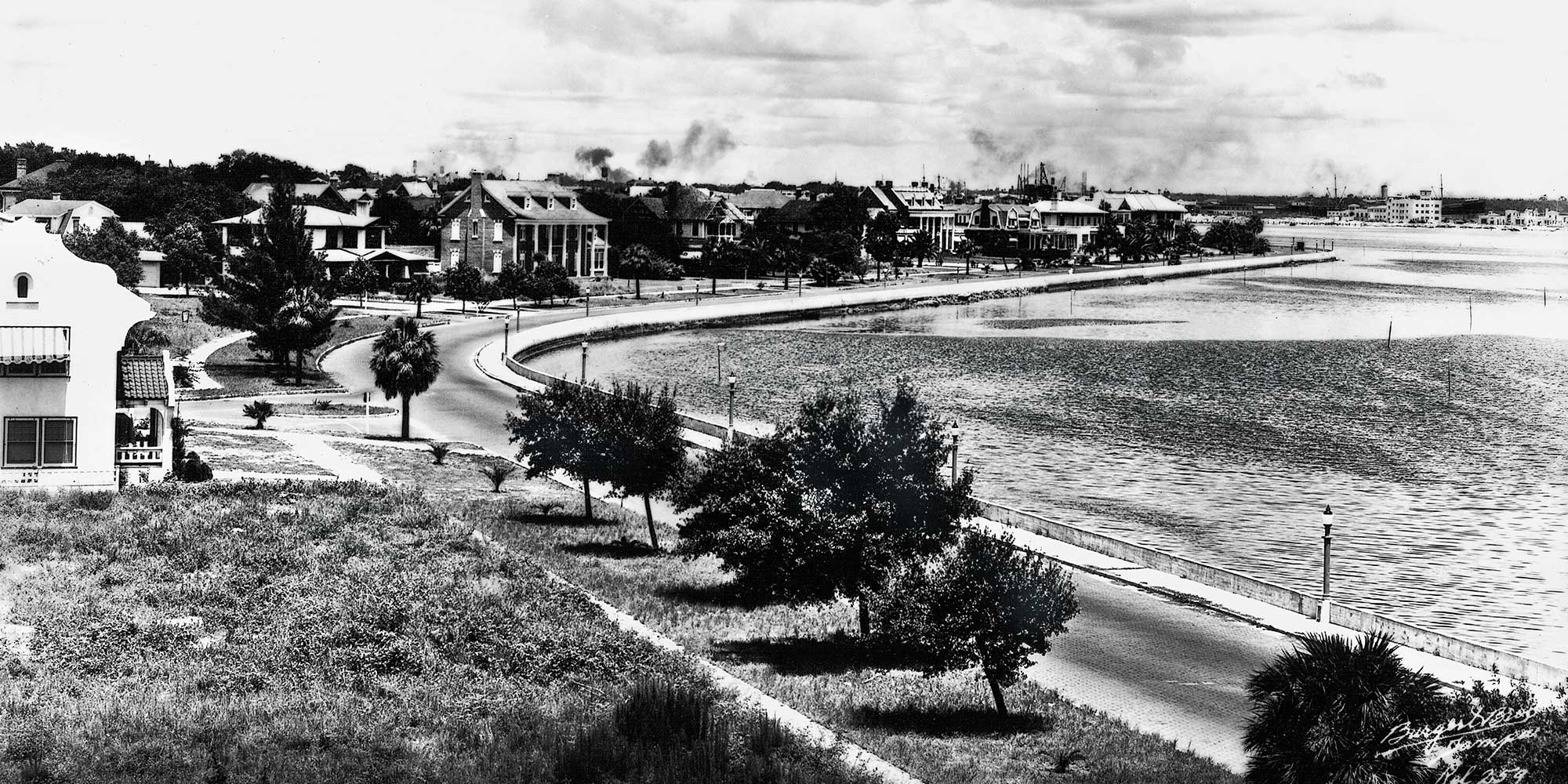PHOTOS: Tampa Bay History Center Collection
The people of Tampa likely take it for granted that there is an expansive boulevard that runs along Hillsborough Bay providing a scenic view, as well as a long sidewalk to use both day and night. In fact, most developers would view the waterfront property solely in economic terms, seeing only dollar signs and 50-foot lots overlooking the bay. It took a great amount of foresight to resist the urge to build homes rather than a street along Tampa’s eastern waterfront. Those early developers didn’t build houses; instead, they built Bayshore Boulevard.
As early as 1886, the editors of the Tampa Guardian suggested that “a good road is greatly needed [so] that Tampa’s numerous visitors might enjoy a pleasant [carriage] drive. A good road along the beach to Ballast Point, for instance, would be a great attraction.”
In 1914, developers Alfred Swann and Eugene Holtsinger built a two-lane brick road, 1 mile in length, from Swann Avenue to Rome Avenue. Bayshore Drive, as it was then known, connected to an older, existing county road that ran all the way to Ballast Point at the southeastern end of the Interbay Peninsula. Residential properties were sold along the west side of the new road with foresight by the developers to restrict buildings facing the water.

The Drive soon became a Boulevard, and it extended to Tampa’s city limits at Howard Avenue. Tampa Electric’s streetcar line ran alongside Bayshore from just south of downtown to Ballast Point before veering off toward Port Tampa City. Though not used as extensively as it is today, Bayshore provided a link to the recreation areas of Ballast Point and Picnic Island near Port Tampa, as well as a link to Gandy Bridge after it was constructed in 1924.
The catastrophic Tampa Bay hurricane of 1921 destroyed many homes and other property along Bayshore. Water damaged — and in some areas completely washed away — the brick road, streetcar tracks and seawalls. Elsewhere, portions of Bayshore lay buried under nearly 2 feet of sand. Reconstruction took years, and in 1926, the seawall and balustrade from Howard Avenue to Gandy Boulevard was completed.

The 1920s also saw a building boom along Bayshore. Many stately homes and landmarks, now a part of the Hyde Park Historic District, were constructed during this time, including the Isaac Maas home (907 Bayshore), the Giddens Mabry home (1503 Bayshore), and the Ferman home (1815 Bayshore). At the southern edge of Hyde Park sits the Bayshore Royal. Originally built as a hotel but now a condominium, it was for decades the tallest building on Bayshore. Farther south, Palma Ceia Spring provided a place of recreation, including a spring-fed pool, in what is now Fred Ball Park. The spring is still there today.
During the 1930s, Bayshore Boulevard once again was under construction. Through federal WPA funds, the boulevard was widened and paved with concrete, and landscaping and cement medians were added. Nearly 50 years would pass before any other major road work would occur along the Bayshore.
As late as the 1950s, Bayshore had a dual personality — part suburban and part rural. The homes in neighborhoods north of Bay to Bay were fairly close to each other, while the homes to the south were – generally – on larger pieces of property. There was even a chicken farm on Oakellar (now Bayshore Court) just north of Gandy as late as 1930.
Bayshore also had more than just houses. There were two hospitals (Centro Español, just south of Bay to Bay, and Bayside, at Gandy and Bayshore), restaurants and gas stations — plus an infamous odor that persisted for decades due to the city’s inadequate sewage system.

The 1960s, ‘70s and ‘80s ushered in a new era for Bayshore. Long-standing homes, both large and small, were demolished to make way for new construction, mostly condominiums. The Sanatorio del Centro Español, built in 1904 at 3100 Bayshore Boulevard, served Tampa’s Latin community for many years before being demolished in the 1960s. The former hospital site, just south of Bay to Bay, is now occupied by apartments and townhomes. Now, the Virage Bayshore stands as the tallest building on the boulevard, on the site of another important landmark from the past — the Colonnade Restaurant.
Through strenuous efforts, Bayshore Boulevard has, for the most part, retained its charm over the past 97 years. Major renovation projects took place along the boulevard in 1994 and 2011. Landscaping and lighting have been improved; balustrades have been repaired, repainted and re-enforced; new sidewalks and bicycle paths were added; and the medians were made larger in some places. Perhaps more importantly, environmental concerns have helped clean up the bay and alleviated most of the foul smells that once plagued Bayshore.
New problems have arisen recently in the form of speeding and erratic drivers, leading to much publicized and tragic accidents. In 2018, the speed limit was lowered to 35 miles per hour and traffic lights — once completely absent on northbound lanes between Gandy and downtown — have been added. All of this work will hopefully keep Bayshore the “Boulevard of Dreams” it was envisioned to be.



